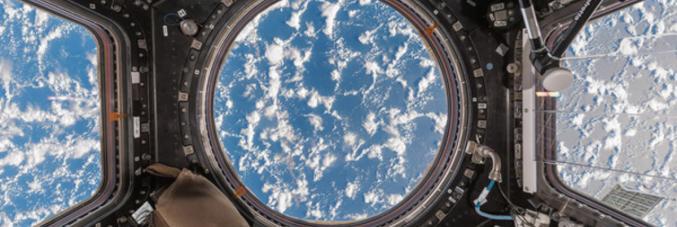
Unipd Researchers Study Effects of Exposure to Harsh Conditions on the Human Body
09.10.2024
How does extreme environmental conditions, like space, affect the human body? How does the body react to the stress due to isolation and detachment from Earth? Space exploration is no longer a distant dream but a tangible reality. Researchers must delve into understanding how various factors interact with biological processes as an essential aspect of preparing astronauts for future missions. The idea also applies to improving safety and health in extreme environments on Earth such as those faced by divers, aviators, mountain climbers, and even those working in harsh industrial environments.
This was the subject of a study from the research group of the University of Padua within the EMMPOL (Euro Moon Mars POLand) analog mission, which offers an experimental platform for simulating space missions in environments that mimic possible habitats while providing a unique perspective on how stress, isolation, and exposure to harsh conditions can affect the human body. The study includes biological effects of such conditions on oxidative stress, inflammation, and aging.
The EMMPOL mission, coordinated by Sofia Pavanello of the Department of Cardio-Thoracic-Vascular Sciences and Public Health of the University of Padua, and head of the BioAgingLab – which aims to explore the theme of biological aging –, has produced valuable scientific data that not only bring us closer to understanding the challenges related to space flights, but also offer solutions to improve health in extreme conditions on Earth.
During one of these simulated missions, Tommaso Antonio Giacon, a medical resident at the University of Padua, together with four other students of different nationalities and universities, spent a week of mission as an analogous astronaut in isolation at the Analogous Astronaut Training Center (AATC) in Poland. Inside a habitat that reproduces the conditions of a lunar settlement, the students faced complex challenges such as altering circadian rhythms, isolation, high workloads, and psychophysical stress, exploring the limits of the human body and mind.
The results of this mission, published in the study entitled Environmental study and stress-related biomarkers modifications in a crew during analog astronaut mission EMMPOL 6 in the European Journal of Applied Physiology, reveal a significant increase in oxidative stress and cortisol levels, a sign that even short periods of isolation and psychophysical stress can alter key biological parameters. The research sees first author Tommaso Antonio Giacon, a medical resident at the University of Padua, and as coordinator Sofia Pavanello, professor of the Department of Cardio-Thoracic-Vascular Sciences and Public Health at the University of Padua with the participation of Gerardo Bosco, professor of the Department of Biomedical Sciences at the University of Padua and Simona Mrakic-Sposta of the CNR in Milan, both co-authors.
The reduction in hours of sleep and the compromised quality of rest have further highlighted the profound impact that these conditions have on psychophysical well-being.
"The simulation of a space mission allows us to understand how the human body adapts to extreme conditions. These results are not limited to future astronauts but offer valuable information to improve the health and safety of those who live or work in extreme environments, such as mountaineers, divers, and workers in complex industrial contexts" explains Sofia Pavanello, coordinator of the study.



